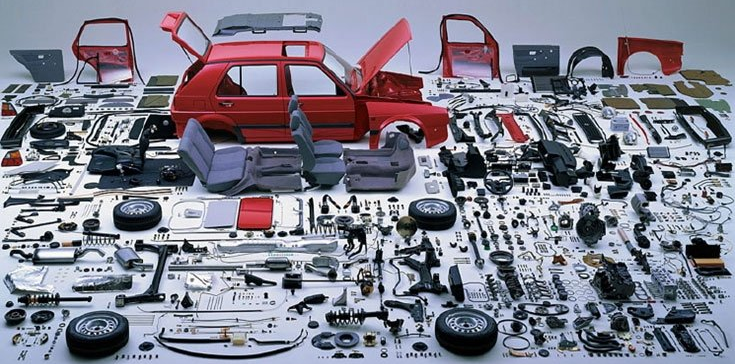Results 1 to 5 of 5
-
04-27-2015, 01:06 PM #1
Will 3D Printing Eliminate the Need for Inventory?
A difficulty in traditional manufacturing operations lies in machine spare part obsolescence. Spare part stocks must be kept high just in case, but squirreling parts away preemptively is not always the most effective or cost-efficient approach. 3D printing might be just the solution such manufacturers are after, as parts can be made on-demand, whatever their level of popularity. Read a more in-depth look at just how 3D printing can benefit this sector, potentially making obsolescence obsolete: http://3dprint.com/60963/3d-printing-obsolete/

-
04-27-2015, 01:39 PM #2Student

- Join Date
- Oct 2014
- Location
- Orlando, FL
- Posts
- 13
I think it had more to do with the fact until 3d printing patents began expiring in 2009 allowing low cost 3d printers to be created and sold you had to spend about $100k or more to buy a 3d printer. I started 3d modeling back in the late 90s and I don't think it would have taken very long for 3d printing to capture my imagination if they were affordable for your average person.Unlike the other inventions of 1984, it has taken a while for 3D printing to capture our imaginations and really take off.
-
04-27-2015, 02:10 PM #3
will it eliminate inventory entirely. No.
Will it mean large companies can offload a warehouse full of plastic replacement widgets and get the end consumer to pay for the secire digital file and also pay for their own manufacturing materials ?
Oh hell yeah. Just as soon as a secure and time limited 3d file hits the market alongside a self levelling, idiot proof 3d printer.
And features it will have to have: automatic model removal from the build plate, automatic filament loading from a custom cartridge.
No complicated controls. All settings to be incorporated in the actual model file. So all the user does is download the file and punch the big green button that says: GO !
Give it 5-10 years.
-
04-27-2015, 10:51 PM #4
Great article. Certainly, inventory strategies for companies will adapt and 3DP will become the new normal for legacy parts once consumers become comfortable with the technology's capabilities and governing bodies certify 3DP as an acceptable process for these parts. There's an awful lot of money currently tied up in safety stock, and a lot of revenue opportunity lost whenever a production line has to be stopped to make an obsolete part for a customer. Tons of potential customer goodwill benefit from being able to deliver out of warranty parts in a timely fashion too. To curious aardvark's comment, what will be interesting to see is where the liability lines are drawn as production increasingly shifts to 3DP. I could see a good number of low risk parts being produced by consumers at home, but for most industrial functions - aerospace, auto, life sciences, etc. - OEMs are likely to demand a degree of oversight whether or not a governing body requires it (e.g., FAA, FDA). Will any OEMs take the plunge and let consumers print their designs "at their own risk?" I could see it happening, but it will be a while if so.
-
05-31-2015, 12:28 PM #5
in réponse to that comment it will be more like a 3DP on demand type scenario and yes there would be regulators like the fcc but over here in Canada the crtc has kept their mouths shut on this topic so you can chill for a while but they will start eventually and idk think its a major for the 42 election but they probably will on the following election or between that time period but idk why all these other countries governments spoken but not Canada which is very usual becuase there is already controversy
which usually makes them speak up. probably our crazy leader Steve harp but if you don't like him thats okay he's probably going to lose this election anyways, it's like he's scared of his own blood kind he created






 Reply With Quote
Reply With Quote








QIDI Slicer "Plater" is...
04-12-2024, 02:21 AM in QiDi 3D Printer Forum